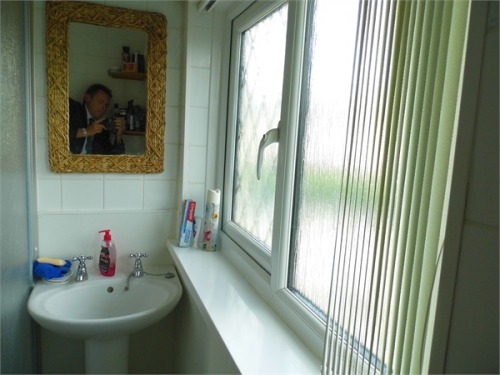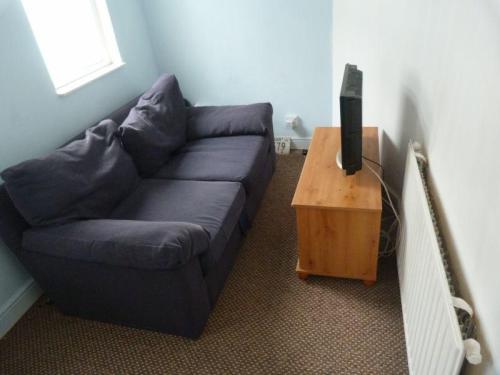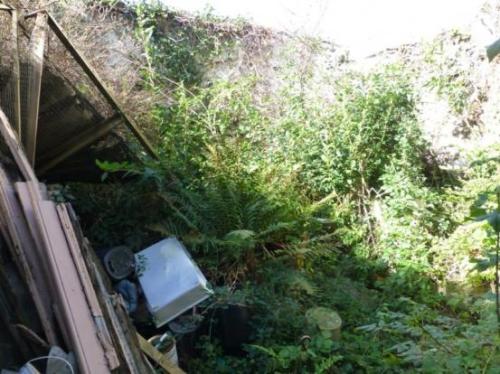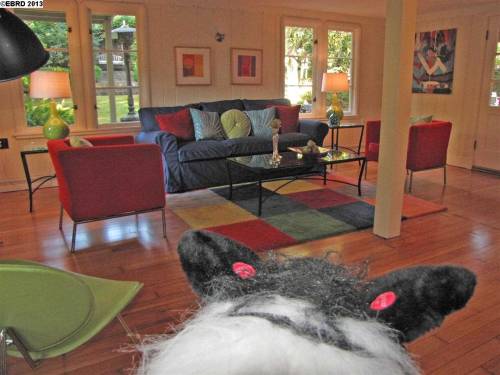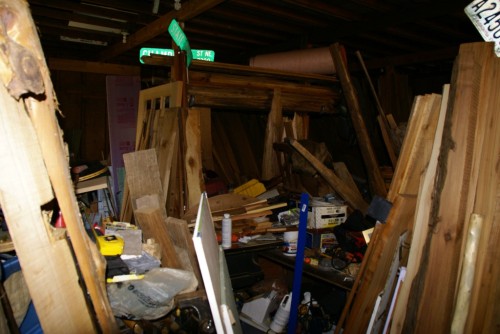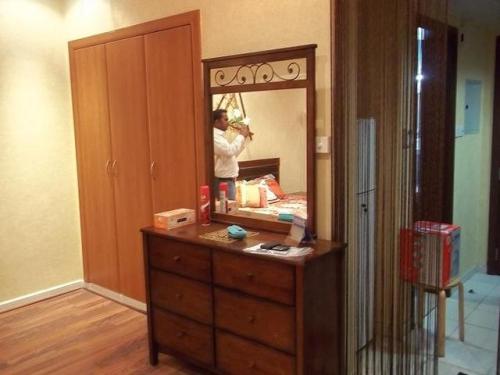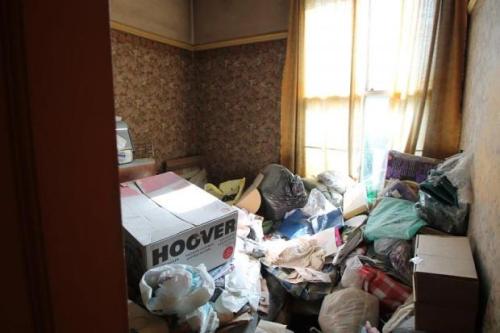The new year will see some physical changes throughout San Pedro, including the opening this summer of the port’s inlet and downtown plaza just in time to welcome a tall ships festival.
The
water cut is part of the ongoing waterfront project and a new harbor for vessel docking and a “modern town square,” featuring landscaping, lighting and promenades just north of the Los Angeles Maritime Museum at Sixth Street and Harbor Boulevard.
The tall ships festival — the Port of Los Angeles is an official stop of the
Tall Ships Challenge on Aug. 20-24 — is expected to attract as many as 12 national and international tall ships along with 250,000 visitors to the area over the four-day period.
The plaza being built next to the water is expected to hold 10,000 people for outdoor events and performances.
Costing nearly $40 million, the Downtown Harbor Project is viewed as one of the waterfront’s key connector pieces as designers attempt to better link the historic downtown shopping district to the water just a few blocks east.
The new harbor inlet was among early recommendations made a decade ago by waterfront developers who said the focus should be to bring the water closer to residents and shoppers.
Among other physical changes coming this year:
• An $800,000 skate plaza now under construction is tentatively slated to open around summer in
Peck Park, 560 N. Western Ave. The opening is timed to a temporary closure of the Channel Street skate park on the other side of town. That facility has to close for about a year for freeway overpass improvements.
The new 7,600-square-foot outdoor skate plaza is undergoing construction along the western border of the park, across the street from Rancho Palos Verdes, and will include elements that skateboarders enjoy using on the streets, such as banks, ledges and railings, along with a swimming pool-style bowl.
• If the Los Angeles City Council gives a downsized
Ponte Vista housing plan the go-ahead in coming weeks, demolition on the long-vacant Navy houses along Western Avenue could finally begin in 2014.
Late last year, the plan received unanimous approvals from the Los Angeles City Planning Commission and the council’s Planning, Land Use and Management Committee. If the full council follows suit, it will end what has been nearly a decade of controversy over plans to redevelop the 61.5-acre former Navy property at 26900 S. Western Ave.
The latest proposal calls for building no more than 700 for-sale homes, down from the original proposal of 2,300 homes initially presented by a previous developer in 2005.
Along with demolition of the vacant Navy homes, early work on the project, if approved, will include building infrastructure on the site.

• San Pedro’s newly restored
Korean Friendship Bell will be unveiled at a ceremony at 9:30 a.m. Friday. The 17-ton bronze bell, protected by a decorative concrete pavilion overlooking the ocean in Angels Gate Park, 3601 S. Gaffey St., was a gift to the people of America 38 years ago, marking the United States’ bicentennial year.
But the harsh elements of its location has created maintenance challenges, leading to the $365,000 project — provided through private funds raised by the Korean Friendship Bell Preservation Committee — that has included a number of phases in restoring the gift to its original luster.
The final phase included resurfacing the bell and repairing and repainting the pavilion, with work that began in September. Bell masters from South Korea traveled to San Pedro to do much of the detailed work through the fall months, ensuring it would be authentic.
Removal of the scaffolding is expected to begin Monday.
•
Hope Chapel San Pedro has sold its 27,951-square-foot building at
461 W. Ninth St., with escrow expected to close by mid-January. The asking price was $3.4 million and the name of the buyer has not been made public. Among those who had looked at the property was a developer interested in putting in a grocery store.
Hope Chapel bought the 1923 building in 1996, restored it to its original facade with the help of Community Redevelopment funds and used the indoor space for worship services.
The building began as the home of the Clark Cook Lincoln Ford car dealership, where a young salesman named Frank Smolar reportedly sold the first Model A on the West Coast. Smolar, who died in 2002, sold the building to Hope Chapel.
After the car dealership, the structure became home to DiCarlo’s Bakery, with family members adding living quarters upstairs in the 1940s.
In the late 1950s, it became the San Pedro Bowling and Recreation Center, which closed in 1991.
Hope Chapel now meets at Rolling Hills Preparatory School, 1 Rolling Hills Prep Way, San Pedro.
• A long-vacant parcel at
1490 W. Seventh St. — on the northeast corner of Weymouth Avenue and Seventh Street, next door to Trinity Lutheran Church — is finally being developed. It will be the new office for San Pedro dentist Nicholas Jaksic, whose offices are now on Sixth Street. The new building should be completed and open sometime this summer. After the gas station that was on the corner was closed, the property sat vacant for the past few years.








